When you think of weeds, you might picture pesky, unwanted plants crowding your garden beds. But did you know many common weeds are not only edible but packed with surprising flavors and nutrients? These resilient wild greens grow effortlessly, offering free, organic produce for your kitchen while adding a rustic, natural charm to your home garden. From peppery leaves to vitamin-rich shoots, these edible weeds deserve a spot on your plate and in your plant collection. Let’s discover 10 of the most surprising wild edible weeds you can harvest naturally.
1. Dandelion (Taraxacum officinale)
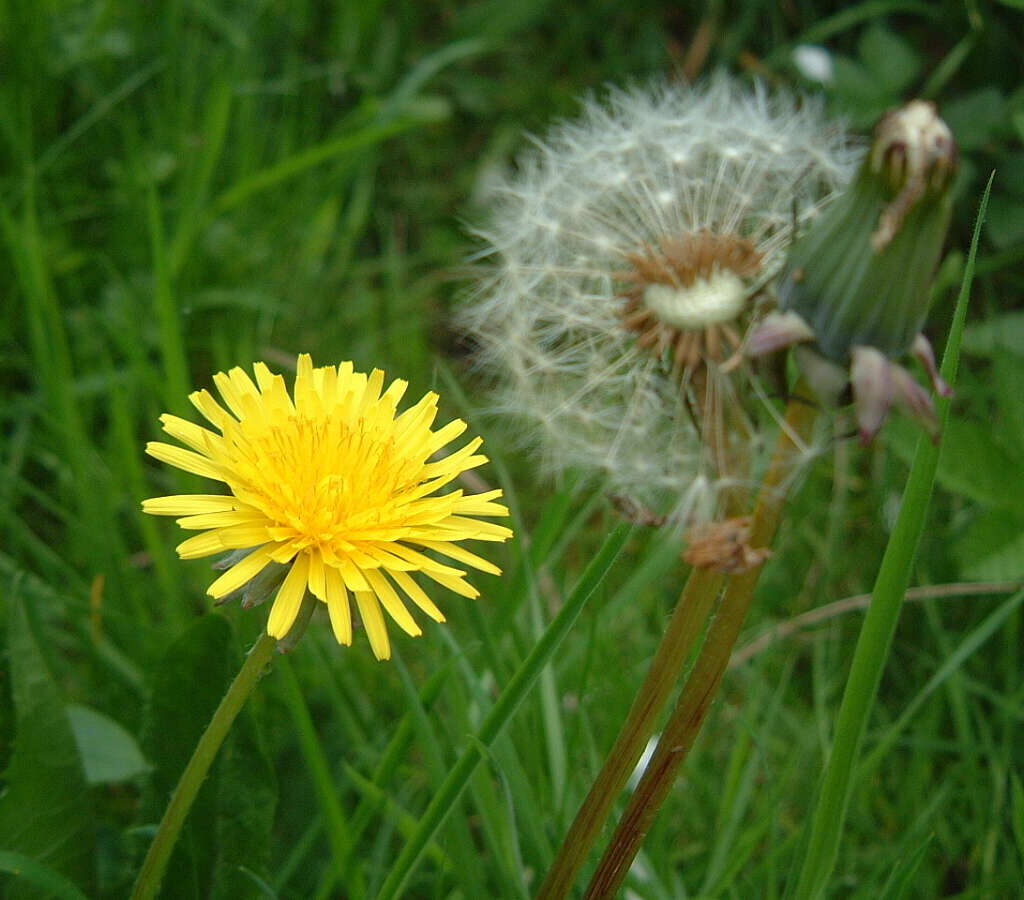
Often considered a garden nuisance, dandelions are actually a powerhouse of nutrition. Every part of this humble weed is edible from its bright yellow flowers to its bitter green leaves and earthy roots. The young leaves can be tossed into salads, while the flowers make a sweet, golden syrup or tea. The roots, when roasted, produce a rich, coffee-like drink. Dandelions are loaded with vitamins A, C, and K, and their natural resilience means they thrive in almost any garden.
2. Purslane (Portulaca oleracea)
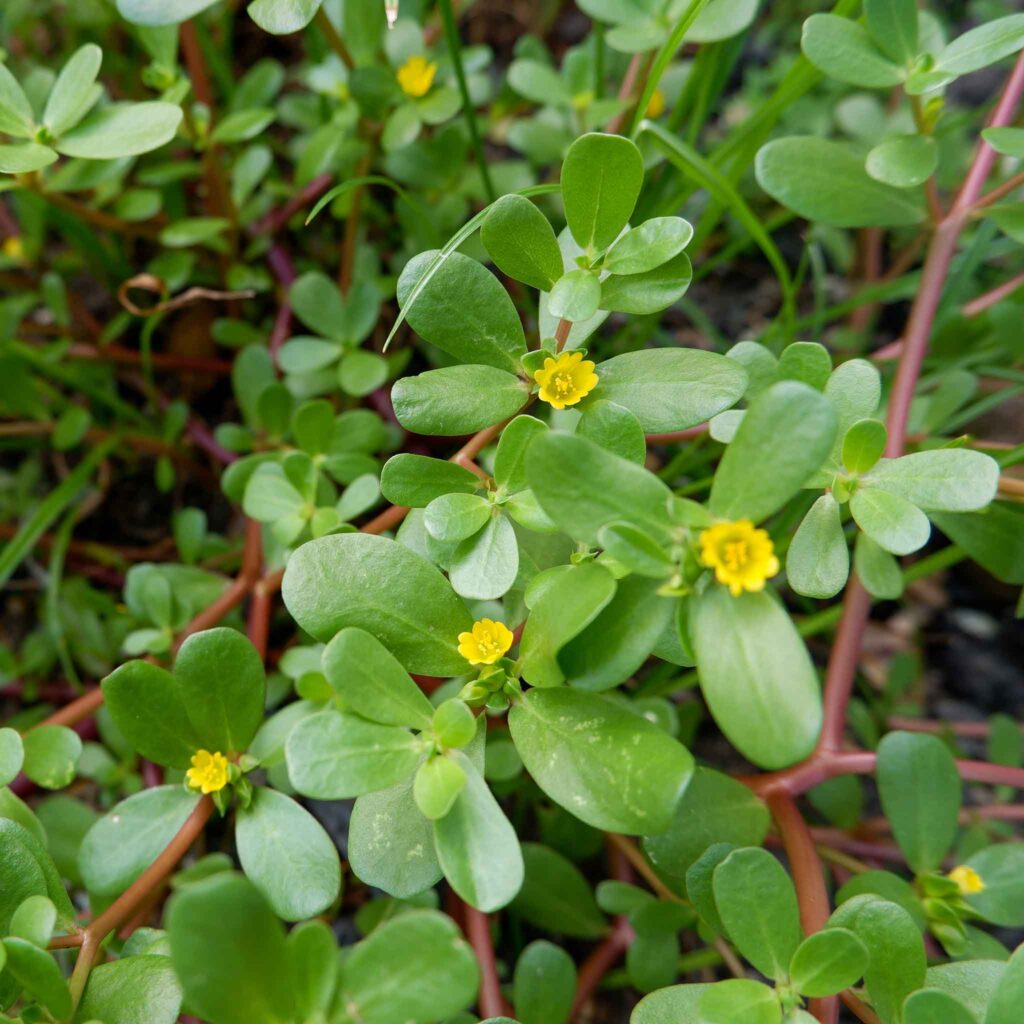
Purslane is a low-growing succulent with fleshy, slightly tart leaves and a mild lemony flavor. Commonly found sprouting between paving stones and garden beds, this hardy weed is incredibly nutritious, containing omega-3 fatty acids, vitamins E and C, and essential minerals. Its crunchy leaves are delicious in salads, soups, or stir-fries. Purslane’s trailing habit also makes it a charming edible ground cover. Embrace it in your garden for its health benefits and its natural ability to refresh your green space.
3. Chickweed (Stellaria media)
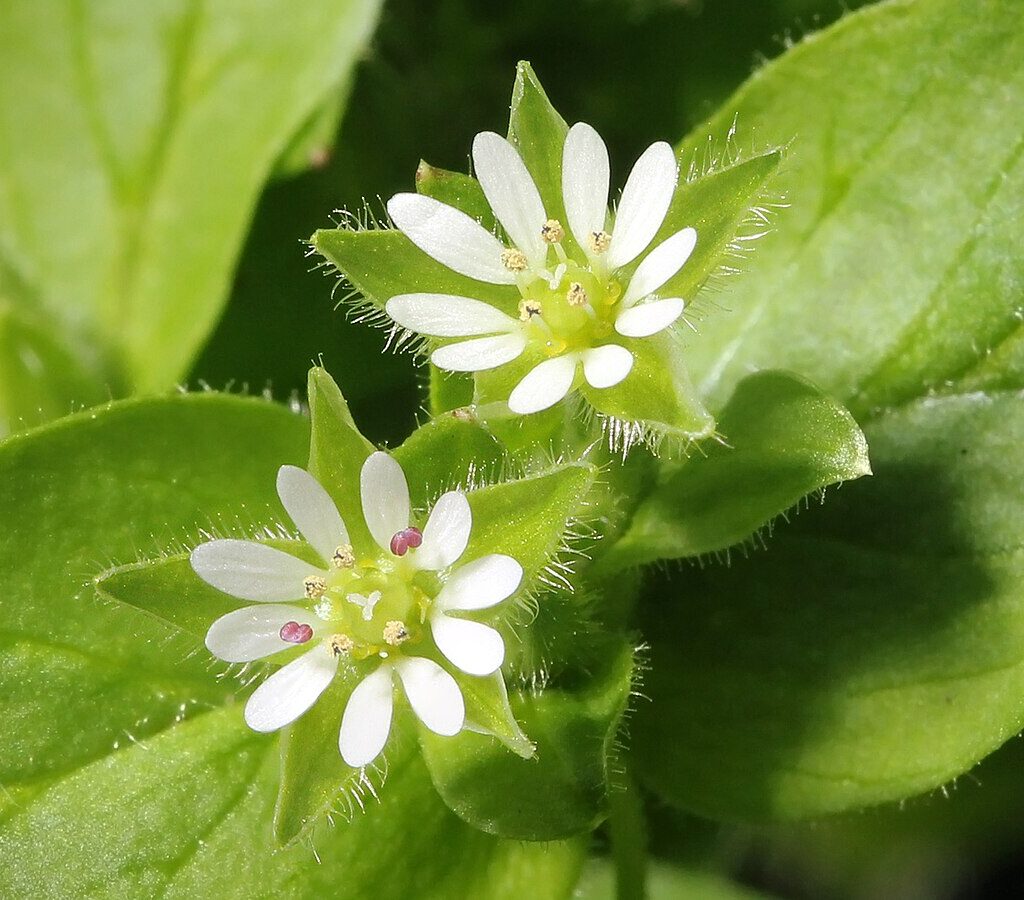
This delicate, sprawling plant with tiny white star-shaped flowers is a nutritious wild edible that flourishes in cool, moist garden spots. Chickweed’s tender leaves and stems have a mild, grassy flavor, making them perfect for adding to fresh salads, sandwiches, or pestos. It’s rich in vitamins C and A, calcium, and magnesium. Traditionally used in herbal remedies for its anti-inflammatory properties, chickweed is a valuable wild green that thrives naturally in most gardens without needing much care.
4. Lamb’s Quarters (Chenopodium album)
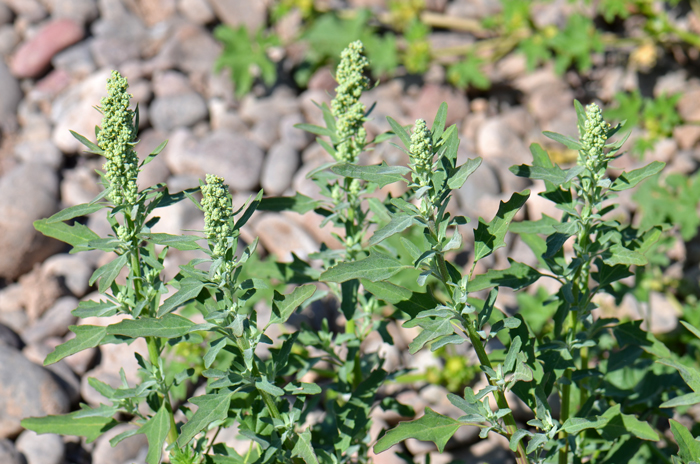
Lamb’s Quarters, often dubbed wild spinach, is a leafy weed with a mild, nutty flavor that pairs beautifully with soups, sautés, and omelets. It’s packed with nutrients including calcium, iron, and vitamins A and C and can be harvested from spring to early fall. The young leaves are the most tender and flavorful. Lamb’s Quarters grow abundantly in neglected corners and disturbed soils, making them an easy, naturally self-seeding addition to your home garden’s edible collection.
5. Plantain (Plantago major)
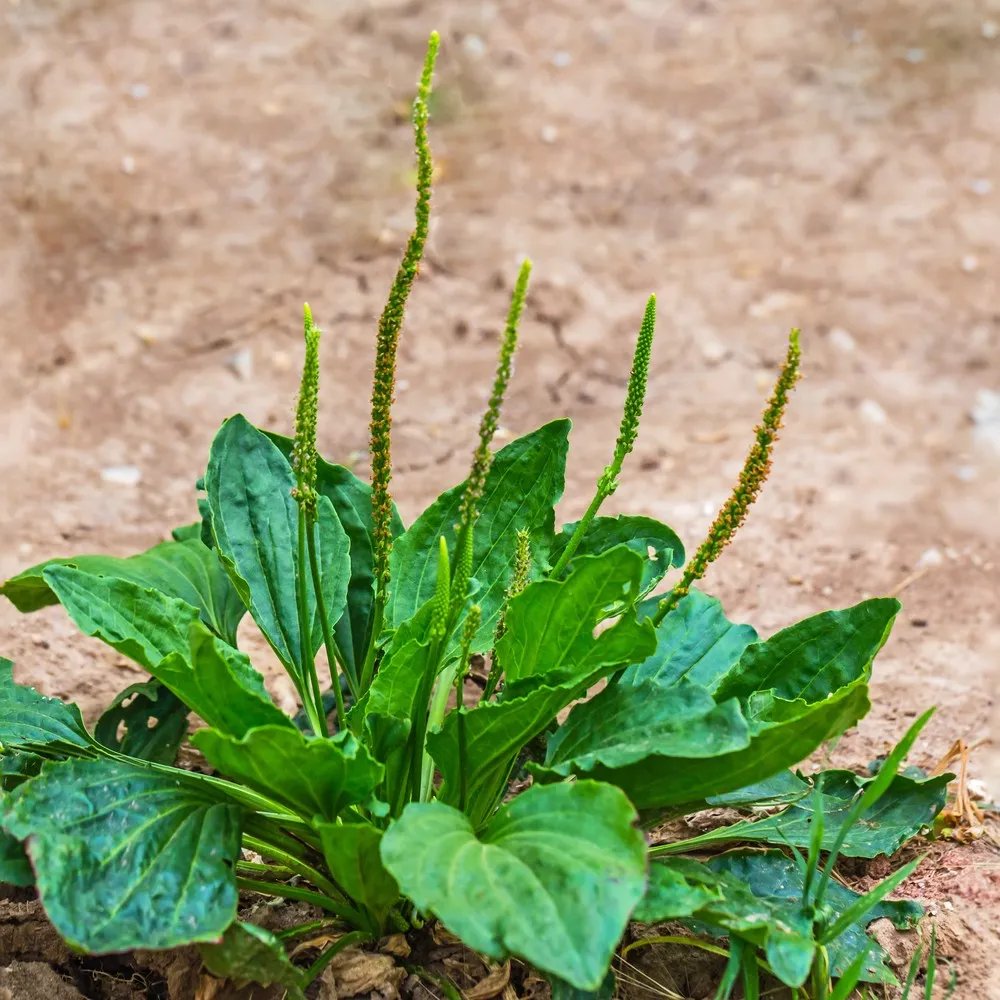
Not to be confused with the banana-like tropical fruit, this Plantain is a hardy, low-growing weed with broad, ribbed leaves. Its mild, slightly earthy leaves can be used fresh in salads or cooked like spinach. Plantain is rich in iron, calcium, and beta-carotene and is known for its soothing properties when applied to insect bites or wounds. It thrives naturally in lawns, pathways, and untended garden edges, offering both culinary and medicinal benefits for a self-sustaining garden space.
6. Wood Sorrel (Oxalis spp.)

Wood Sorrel is easily identified by its clover-like leaves and dainty yellow, pink, or white flowers. The leaves have a bright, tangy, lemony taste thanks to their oxalic acid content, making them a zesty addition to salads, sauces, and herbal teas. It’s best enjoyed in moderation due to the oxalic acid, but a few leaves can brighten up many dishes. Wood Sorrel thrives in shaded garden areas and is an excellent natural ground cover that adds flavor and freshness.
7. Nettle (Urtica dioica)
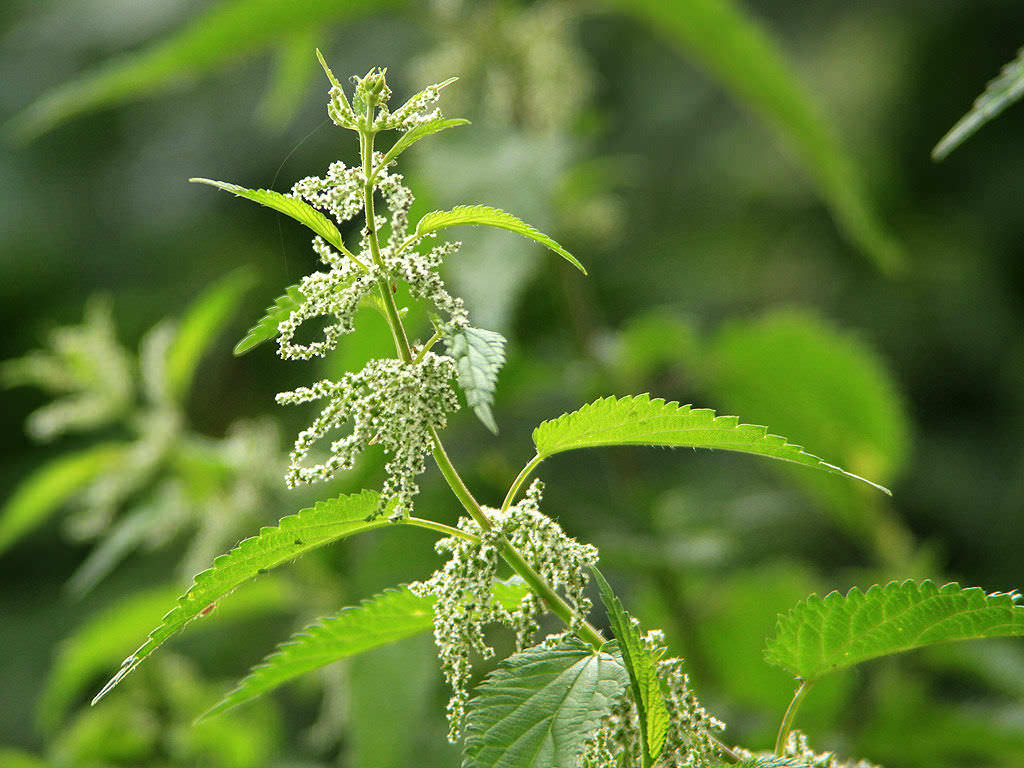
Nettle might have a reputation for its stinging leaves, but once cooked, this wild green transforms into a nutrient-rich delicacy. Loaded with iron, calcium, magnesium, and vitamins A and C, nettles have a spinach-like flavor that works well in soups, teas, and stews. Always wear gloves when harvesting and blanch the leaves to neutralize the sting. Nettle plants naturally thrive in rich, moist soil and shaded spots, bringing a rustic, foraged charm to your garden kitchen.
8. Wild Amaranth (Amaranthus retroflexus)

Wild Amaranth, also known as pigweed, is a leafy green weed that’s surprisingly tasty and nutritious. The young leaves and tender shoots are edible, with a flavor similar to spinach. It’s rich in protein, iron, and calcium, making it an excellent addition to your diet. Use it in sautés, soups, or fresh salads. Wild Amaranth grows prolifically in disturbed soils, fields, and gardens, requiring no special care, and offers a sustainable, free source of leafy greens throughout the growing season.
9. Mallow (Malva neglecta)
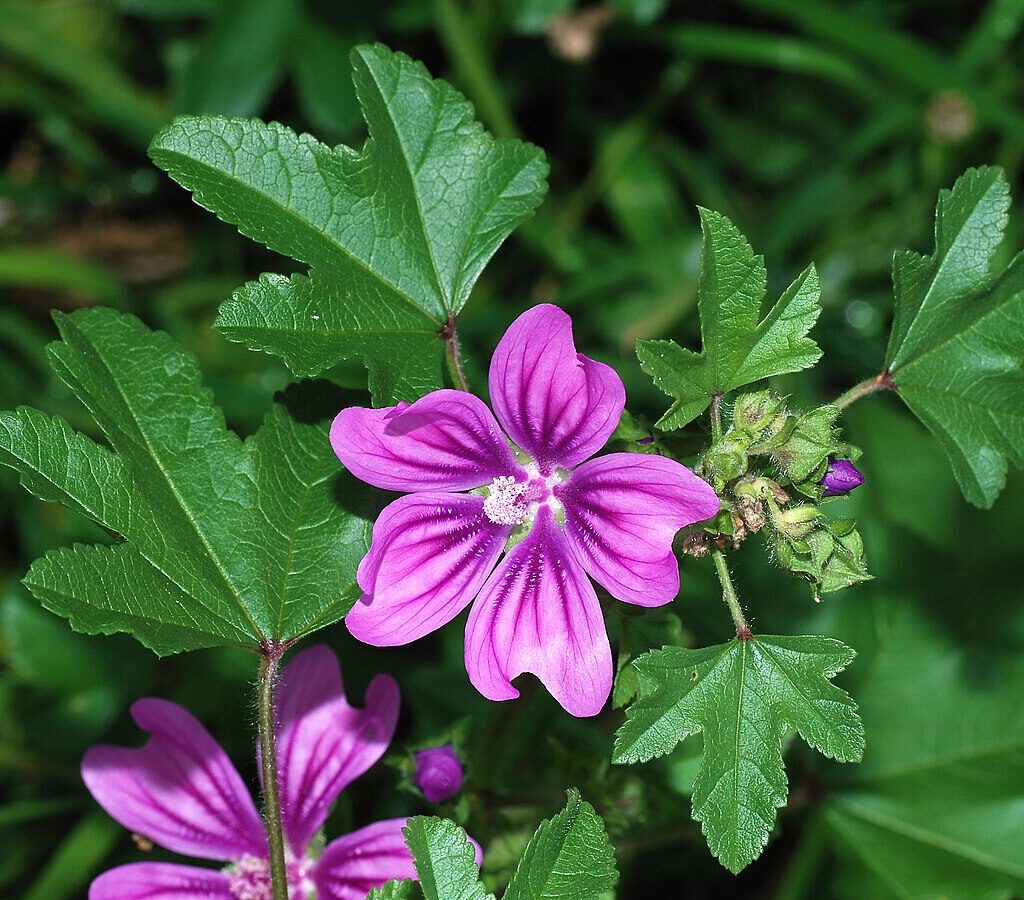
Mallow is a versatile weed with soft, round leaves and small, pinkish-lavender flowers. Its mild-tasting leaves can be eaten raw in salads or cooked like spinach, while the flowers add a gentle, floral note to dishes. Mallow leaves are mucilaginous, making them useful for thickening soups and stews. The plant is rich in calcium, magnesium, and vitamin C. Thriving naturally in poor soils and disturbed areas, Mallow is a low-maintenance edible that adds old-fashioned, wild garden beauty to your landscape.
10. Shepherd’s Purse (Capsella bursa-pastoris)
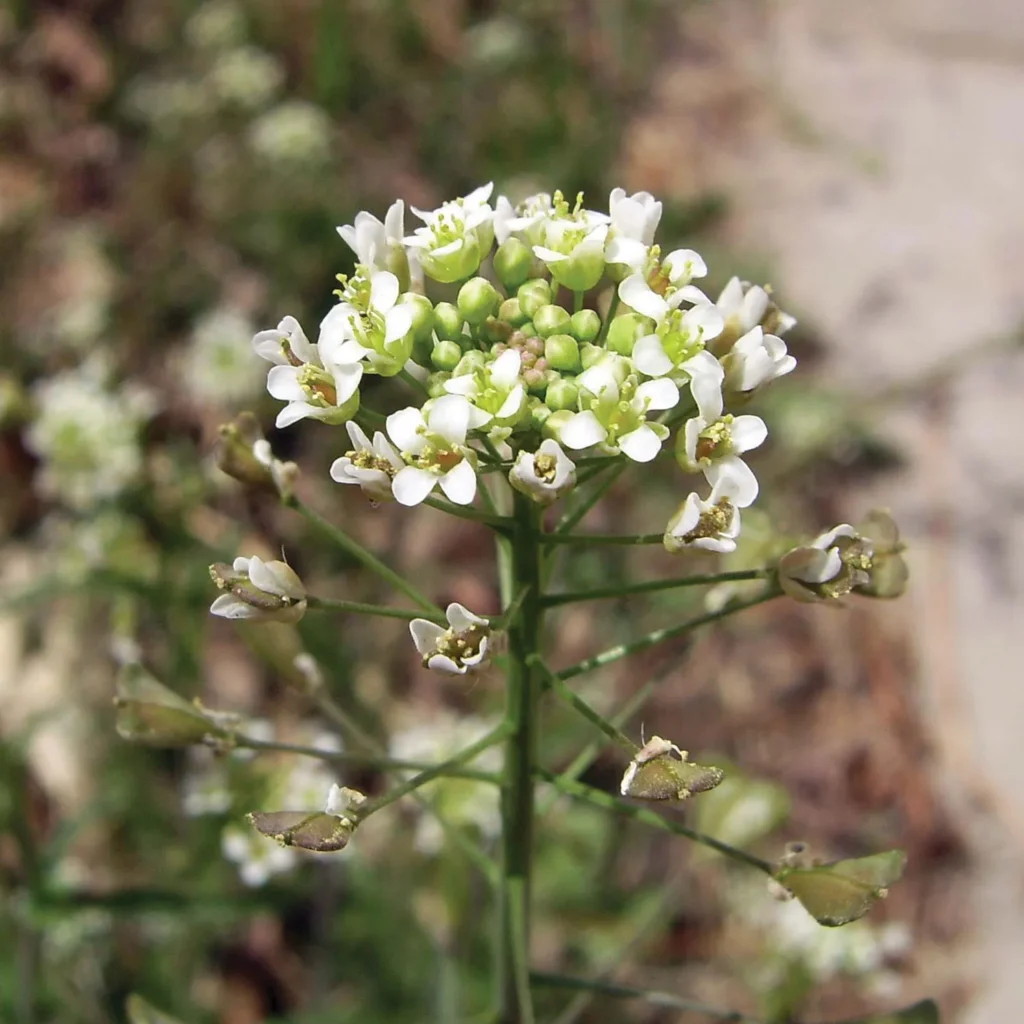
Named for its tiny, heart-shaped seed pods, Shepherd’s Purse is a wild edible weed with peppery, cress-like leaves. It has long been used in herbal medicine and makes a flavorful addition to salads, stir-fries, and pestos. The young leaves are the tastiest, offering a spicy, mustardy kick. Packed with vitamins K and C and calcium, Shepherd’s Purse is a hardy, self-seeding plant that flourishes in poor soils, cracks in sidewalks, and untamed garden patches, enhancing your garden’s edible diversity naturally.

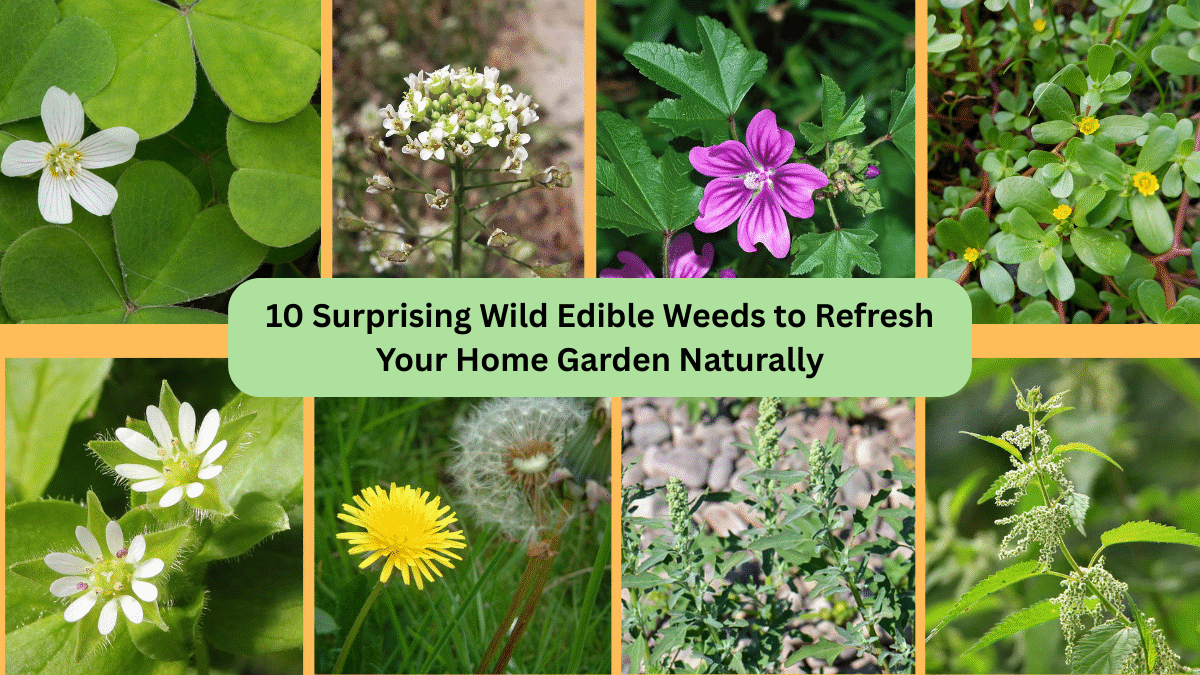



Leave A Comment